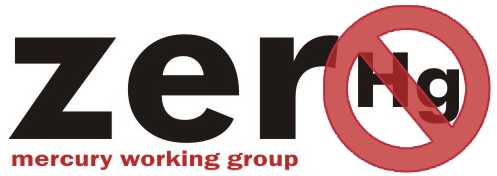The characteristics of mercury have led to a range of beliefs across the world. For instance its sudden movement’s characteristic is believed to mean that it will furnish remedies more quickly. It is also said to prevent evil and bad luck form sticking to a person because of its slippery nature.
Mercury has long been used in ethnocultural or religious practices such as Santeria (an Afro-Hispanic belief system), Palo Mayombe (Caribbean), Candomble (Afro-Brazilian), voodoo (Afro-Haitian) and Yoruba Orisha (Afro-Hispanic) among others. Most of these uses are associated with African roots and many of them are related to the Roman Catholic teachings of Spaniards.
In Hindu scriptures, parad (mercury) is regarded as the best of all metals. The opportunity to touch and worship a parad Shivalinga (statue or icon) is believed by some to reward one’s holy and good deeds done in the previous and present life. If one meditates beside a parad Shivalinga, it is believed the mind naturally gets concentrated. Mercury is used in such statues, objects and amulets throughout Hindu areas of India for a range of health-related, ceremonial and religious purposes. Mercury is also applied to the skin or used in bathwater, perfumes, lotions and soaps; injected subcutaneously to ward off evil and protect against exposure to diseases while travelling (Prasad 2004) or intramuscularly to help athletes build muscle mass.
Mercury was brought to the new world by Spaniards for use in extracting gold from ores. Its amalgamating properties led to a belief that mercury attracts good fortune, wealth and love.
Mercury is also used in many Asian (especially Chinese) medicines. Ernst and Coon (2001) reported that dozens of Chinese medicines contain Cinnabaris – a complex of sulphides that contain mainly mercuric sulphide; Calomelas – mercurous chloride (calomel); or Hydrargyrioxydum rubrum – red mercuric oxide. (See also Guangdong, 1997.) No doubt these are among the approximately 1000 homeopathic products identified by the US Food & Drug Administration to contain mercury in varying amounts (Maxson, 2004). China’s emperor, QIN Shi Huang Di (260 BC – 210 BC) took mercury pills in an attempt to achieve eternal life, but instead he dies from mercury poisoning.
Certain herbal remedies and religious items are said to contain substantial amounts of mercury. A good example is the ‘azogue’ – a metallic mercury capsule known to contain up to 8 – 9mg mercury. This capsule is supposedly used to attract luck, love, good health or money; to protect against evil; or to speed the action of spells through a variety of recommended uses. Other uses include:, carrying mercury in a sealed pouch prepared by a spiritual leader, wearing it as an amulet, sprinkling it on the floor or in an automobile, mixing it with perfumes or adding it to devotional candles or oil lamps. For pharmaceutical purposes it is also sometimes taken internally to treat gastrointestinal disorders, or added to bath water, detergent or cosmetic products (NJ MTF, 2002).
In such uses, mercury vapours are released if the mercury is not contained in sealed containers. Such practices as sprinkling it in homes and automobiles, and especially burning it in candles and oil lamps, increase the rate of vaporization.
Researchers estimated that this use of mercury is likely to cause long-term contamination of more than 13,000 homes or apartment buildings in New York City each year, where toxic vapours can linger for months or even years, leading to possible neurological and respiratory symptoms in appartment residents (NRDC, 2004).
A major problem associated with ritualistic mercury use is the contamination of wastewater, where it is estimated that 27% of the users dumped their residual, unused mercury down the drain> In addition, when it is used in bathwater, it gets into the wastewater streams.
Relevant legislation and NGO policy work
Globally
The Minamata Convention on Mercury, under Article 4 requires that Each Party shall not allow, by taking appropriate measures, the manufacture, import or export of certain mercury-added products as listed in annex A. Products used in traditional or religious practices are excluded from this annex for the time being.
In 2005, the Indian NGO Toxics Link, under the Zero Mercury Working Group work, released a report on 'The Religious use of Mercury In India: A Case Study of “Parad”

